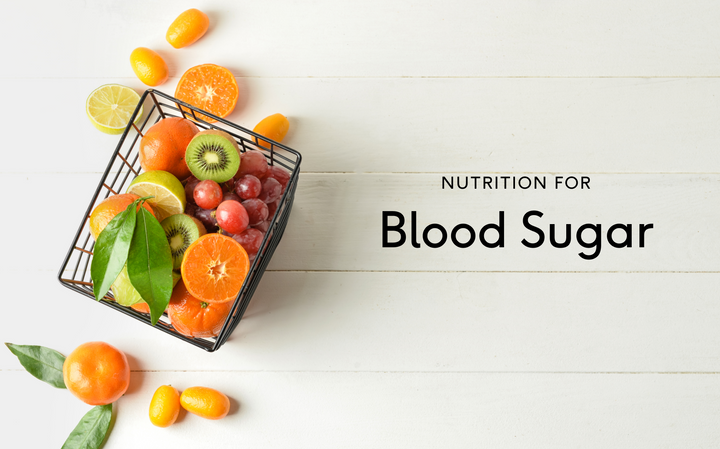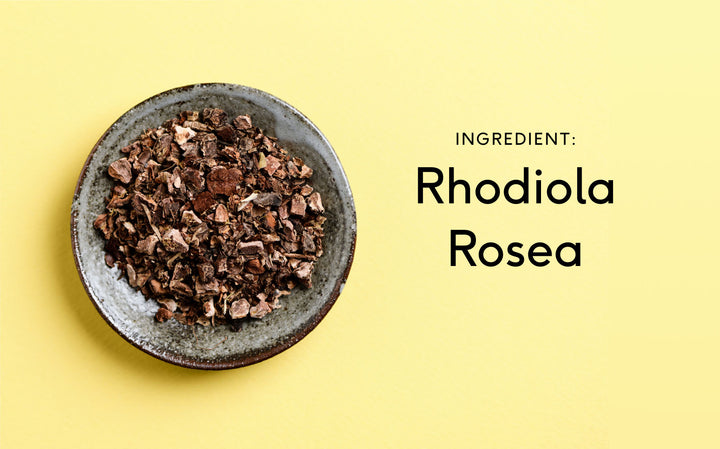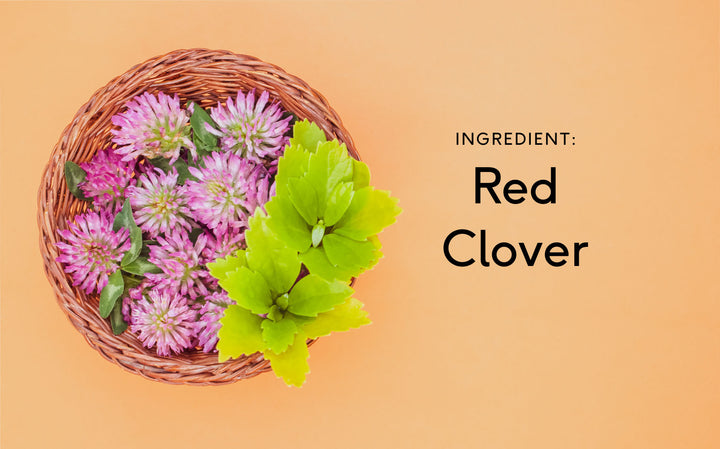What is Gotu Kola? Benefits, History, and Science of Centella Asiatica Extract
Table of contents
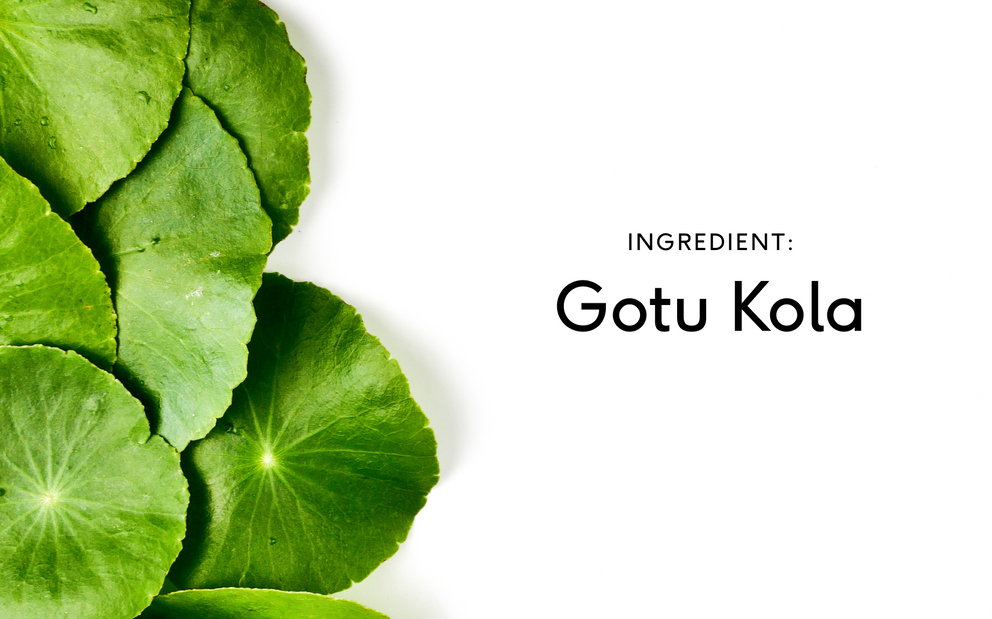
Gotu Kola is a perennial plant commonly found in Asian marshlands, prominently in Indonesian, Chinese, and Ayurvedic herbal medicine systems. Also known as Centella Asiatica, Gotu Kola is still an important component of Indian medical systems to this day, and contemporary science has recognised it as a potent nootropic.
Gotu Kola isn’t like other nootropics, however. In the body, it acts more like a healer than a stimulant, and it helps your body prepare for life’s inevitable stresses in surprisingly effective ways. Let’s dive right in.
What is Gotu Kola? (Centella Asiatica extract)
Centella Asiatica is a perennial plant with small, round leaves. Traditionally, the entire plant is dried and powdered to concoct healing brews, but most Western preparations only use the aerial parts, meaning the leaves. Among other properties, Gotu Kola appears to help with anxiety and depression.
The name “Gotu Kola ” comes from Ancient India, and Ayurvedic medicine calls for the use of this nootropic for healing neurons and boosting brainpower. Native to Asia’s tropical climates, Gotu Kola has since spread throughout many parts of the world. The largest populations of this wetland herb, however, are in the East and South Asian countries of China, Indonesia, and Japan. Gotu Kola plays a significant role in Chinese medicine, in which it is used as a treatment for a wide variety of different conditions.
Modern science recognises the potent neuroprotective benefits of Gotu Kola, and this natural substance also appears to exert positive dermatological and cardiovascular effects. Every nootropic boosts your brain and improves your cognition in one way or another, and, true to form,
A variety of clinical studies have been done into Gotu Kola, and this substance continues to gain widespread acceptance around the world. As we continue, we’ll touch on each of the benefits of Gotu Kola in detail and provide plenty of background on this ancient Ayurvedic nootropic.
Gotu Kola vs. kola nut
Ever wonder why that brown, fizzy drink that’s bad for your teeth is called “cola?” It’s after the kola nut, which is used to derive that unmistakable cola flavour. Gotu Kola and soda pop have nothing to do with each other, however. Centella Asiatica is not related to Cola nitida, the scientific name for the kola nut.
A case of mistaken identity
Buying Gotu Kola can get complicated in traditional Indian markets. There, this unique herb is often adulterated with Bacopa monnieri, another popular nootropic, and both Ayurvedic substances are called Brahmi interchangeably. Gotu Kola is, however, entirely distinct from bacopa even though the two ancient herbs complement each other.
Why is it called Gotu Kola?
In Singhalese, the major language of Sri Lanka, Gotu Kola means “cup-shaped leaf.” Inhabitants of this island south of India observed elephants eating Gotu Kola, and partially attributed the elephant’s long lives to this nootropic herb.
Hoping to live long, happy lives themselves, Sri Lankans started eating Gotu Kola. They might not have been wrong to do so.
What are the benefits of Gotu Kola?
An unbroken chain of knowledge connects ancient users of Gotu Kola to the growing international community of today’s nootropic lovers. While our understanding of this plant’s benefits has become more rational and less mystical over time, Gotu Kola remains as impressive as ever. Regardless, science has penetrated some of the secrets of this Ayurvedic, nootropic herb, and here are the fruits of this research:
Neuroprotection
Some nootropics boost your neurotransmitter levels, and others help prevent oxidative stress in the nervous system. Gotu Kola, on the other hand, appears to act mainly as a neuroprotectant, which means that it prevents all types of damage to your neurons, not just oxidative stress.
Neuroprotection has a cascading effect throughout your entire nervous system and your body tissues beyond. While the constituent molecules in Gotu Kola comprise a complex web that shouldn’t be oversimplified, this nootropic can loosely be described as an ardent guardian of your brain, your mind’s temple.
Here are a few scientific papers supporting Gotu Kola’s neuroprotective capabilities:
1. Recent Updates in Neuroprotective and Neuroregenerative Potential of Centella asiatica
2. Effectiveness of Gotu Kola Extract 750 mg and 1000 mg Compared with Folic Acid 3 mg in Improving Vascular Cognitive Impairment after Stroke
3. NEUROPROTECTIVE EFFECT OF GOTUKOLA (Centella asiatica (L.) URBAN) IN CEREBRAL ISCHEMIC RAT MODEL
4. Centella asiatica (L.) Urban: From Traditional Medicine to Modern Medicine with Neuroprotective Potential
Note the particular emphasis on neuroregeneration as well as neuroprotection. In recent decades, the prevailing model of permanent brain death has been shattered by overwhelming evidence that your central nervous system can heal itself under the right conditions. Gotu Kola may not just protect your nervous system—the studies above show that it might repair it as well.
Stress, pain, and anxiety
Gotu Kola’s neuroprotective qualities appear to reduce stress, which also helps with anxiety and depression. Plus, this substance appears to have direct analgesic properties. Here are a few scientific papers that show how Gotu Kola can help you adapt to the daily difficulties in life:
Stress adaptation: The role of adaptogens in stress management
Adaptogens are natural substances that help people adapt to anxiety, stress, and other environmental triggers that cause mental distress. This paper has the following to say about Gotu Kola:
“Amongst other actions Centella asiatica is an adaptogen and nervine tonic (Bone 2003). Therefore it can be useful in stress management.”
Pain relief: Evaluation of neuropharmacological, analgesic and anti-inflammatory effects of the extract of Centella asiatica (Gotu kola) in mice
Let’s observe the key findings of this Gotu Kola animal study:
“Our findings support the respective traditional use of C. asiatica to treat painful and inflammatory conditions along with its supportive sedative and CNS depressant and muscle relaxant effect.”
It’s likely that these observed pain-fighting and anti-inflammatory effects are due to Gotu Kola’s potent and nearly instantaneous antioxidant properties.
Anxiety and depression: Evaluation of anxiolytic properties of Gotukola – (Centella asiatica) extracts and asiaticoside in rat behavioural models
Gotu Kola appears to exert powerful anxiolytic (anxiety-fighting) effects via its neuroprotective properties. Here’s what the facilitators of this study had to say:
“The EPM test revealed that Gotukola, its methanol and ethyl acetate extracts as well as the pure asiaticoside, imparted anxiolytic activity. Furthermore, the asiaticoside did not affect locomotor activity, suggesting these compounds do not have sedative effects in rodents.”
Asiaticoside is one of the isolated Gotu Kola constituents to which scientists attribute this Ayurvedic herb’s healing powers. Most impressively, asiaticoside does not appear to cause sedative effects, which means Gotu Kola allows you to maintain mental clarity while still alleviating anxiety.
We've included Gotu Kola in Feel Pro Collagen, perfect for supporting anxiety and improved skin.
Cardiovascular
The evidence seems to suggest that Gotu Kola improves your venous health rather than boosting any other component of your cardiovascular system. This conclusion is supported by the following two studies, which deal with the use of Gotu Kola for flight microangiopathy and varicose veins respectively:
1. Flight microangiopathy in medium- to long-distance flights: prevention of edema and microcirculation alterations with total triterpenic fraction of Centella asiatica.
2. Effects of Centella asiatica extract on mucopolysaccharide metabolism in subjects with varicose veins.
Sleep
It’s always easier to get a good night of sleep when your mind is calm and you feel at peace, and Gotu Kola might be able to provide those relaxing, soothing effects. Gotu Kola’s positive effects on sleep are more inferred than they are supported by clear evidence. While some older research supports Gotu Kola’s use as a sleep aid, it’s mostly this substance’s anxiolytic and antidepressant qualities that qualify it as a tool for insomnia relief.
Dermatological
Limited research supports Gotu Kola’s utility in the treatment of stretch marks, which commonly occur in women after birth or in adults of any gender after weight loss. It’s possible that Gotu Kola does this by increasing your levels of collagen, though there’s no direct evidence yet. Look through the following two studies, however, and see if you can understand why we think so:
Mechanical properties and in vivo healing evaluation of a novel Centella asiatica-loaded hydrocolloid wound dressing
As a critical component of your skin, large quantities of collagen are required to heal your dermis after injury. All that’s clear is Centella Asiatica helps your wounds heal faster, but increased collagen levels would represent a very convincing explanation.
Attenuation of collagen induced arthritis by Centella asiatica methanol fraction via modulation of cytokines and oxidative stress.
While collagen is a critical component of cartilage, the tissue that wears down when you have arthritis, it’s also possible to artificially instigate arthritis via immune reaction by injecting large concentrations of pure collagen into mammalian tissue. Gotu Kola appears to help with arthritis even when it’s been induced by forcibly-increased collagen levels.
Where did Gotu Kola originate, and how were its beneficial properties discovered?
After the discovery of its beneficial effects in Ancient Sri Lanka, usage of Gotu Kola for medical purposes spread throughout Asia. To this day, Centella Asiatica is a critical component of almost every Asian herbal medicine system, which naturally drew the attention of the international pharmaceutical industry in due time.
Where does Centella Asiatica grow?
The American Botanical Council, a trusted source for plant data, has the following to say about Gotu Kola’s habitat:
“It commonly grows in damp, swampy areas of India, Sri Lanka, Madagascar, South Africa, and Central and South America,1,2 and is widespread throughout tropical and subtropical Asian countries including Bhutan, China, Indonesia, Laos, Malaysia, Myanmar, Nepal, Pakistan, Thailand, and Vietnam.”
Secrets and science behind Gotu Kola
The healing powers of Gotu Kola are so great that it was treated with deep reverence in ancient times. While the mystery behind Gotu Kola has largely been dispelled, the potent properties of this plant remain awe-inspiring. Every time you expect Gotu Kola to behave like any other nootropic, it surprises you. How, for instance, are this plant’s neuroprotective properties connected to its apparent ability to help your body generate collagen? Gotu Kola’s effects comprise a highly complicated web that’s fascinating to delve into and examine.
Why does Gotu Kola work, and how?
While it appears that Gotu Kola operates primarily as a neuroprotectant, there’s a lot more we don’t know about how this nootropic works than we do. While some of the connected effects of Gotu Kola, such as its ability to help with sleep being tied to its anxiolytic properties, are easy to understand, it’s still unclear why this nootropic also improves vascular and dermatological health. As researchers continue to isolate and examine individual Gotu Kola compounds, it’s likely that these mysteries will unravel.
Gotu Kola in biohacking/brain-hacking
Gotu Kola provides a widespread, empowering effect that’s perfect for bringing your mind and body to their full potential. Best of all, this Ayurvedic healing tool improves your well-being gently, which means you don’t have to worry about side effects or burnout.
How to take Gotu Kola
Traditionally, the entire Gotu Kola plant is dried and powdered. Aerial-part Gotu Kola can be powdered the same way, and capsules are the most popular ingestion method for this nootropic. Alternatively, Gotu Kola powder can be added to liquids and swallowed.
Centella Asiatica in Ayurveda and Chinese medicine
Gotu Kola figures prominently in both disciplines. While other modern nootropics have corresponding uses in both their ancient and contemporary contexts, traditional cultures used Gotu Kola almost as a general cure-all since its applications are so wide. Here’s what the American Botanical Council has to say about Gotu Kola in Chinese medicine:
“Gotu kola’s historical use is mentioned in the Chinese Shennong Herbal (circa 1st-2nd century CE). It has been called one of the “miracle elixirs of life” because a Chinese herbalist named Li Ching-Yun, who some believe lived to the age of 197 (but not the 256 or 265 years frequently cited), reportedly used gotu kola regularly.”
Like other modern nootropics, Ayurveda classified Centella Asiatica as a “Medhya Rasayana,” which roughly translates to a “healing substance of the primordial essence.” While other Ayurvedic substances deal with the world as it is, Rasayana agents address the core of the issue, the perceiving mind.
How long have people been using Gotu Kola?
It’s likely that Gotu Kola has been used in Asia for at least 5,000 years, but historical records only go back to the beginning of the Current Era (CE/AD).
How long does it take for Gotu Kola to work?
Unlike some other nootropics, Gotu Kola usually has an almost immediate effect. The most important benefits of this ancient Ayurvedic herb, however, take the longest to manifest. Within 30-60 days, however, you might notice reduced scarring, better sleep, and improved mood due to the Gotu Kola contained in Feel Pro Collagen.
Consistency is key and our research recommends taking your Feel supplements for at least 3 months to allow your body to adjust and provide you with the desired benefits.
How much Gotu Kola should I take?
There are no established guidelines for how much Gotu Kola you should consume. Clinical studies seem to suggest that doses as high as 2,000mg per day are safe, however. Feel Pro Collagen contain 250mg of Gotu Kola per serving.
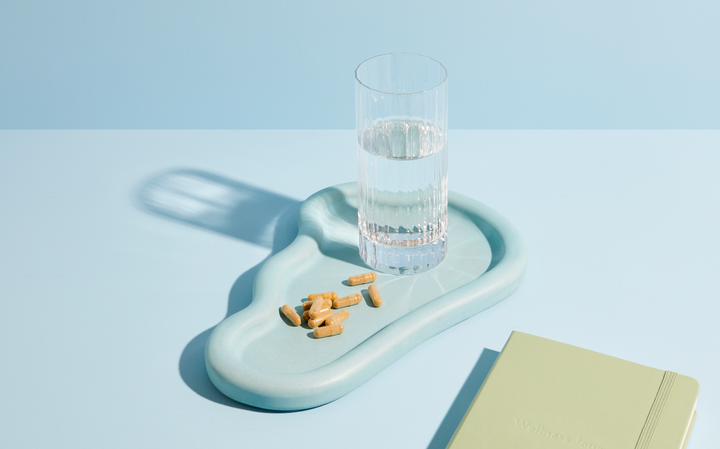
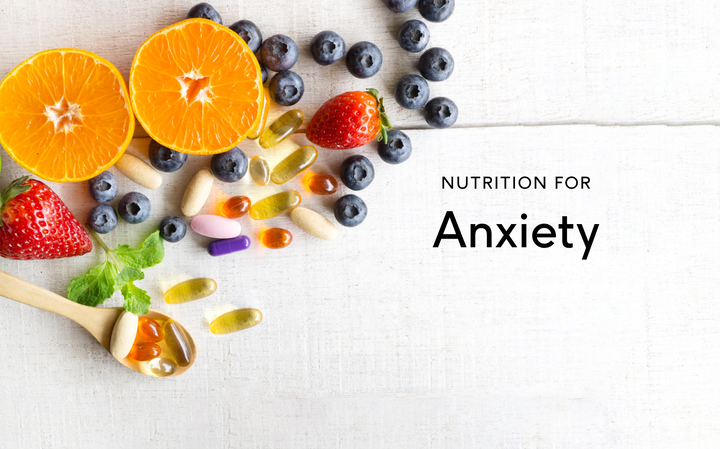





















































 Back
Back

